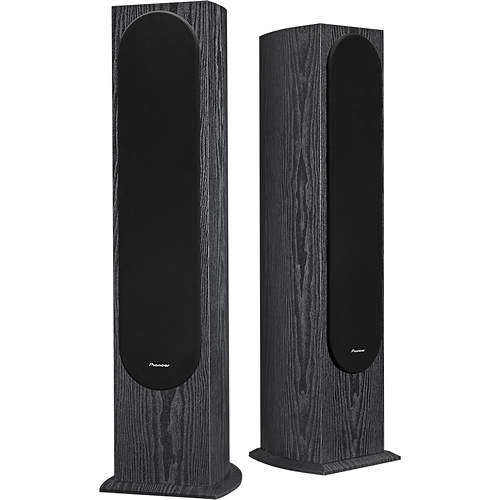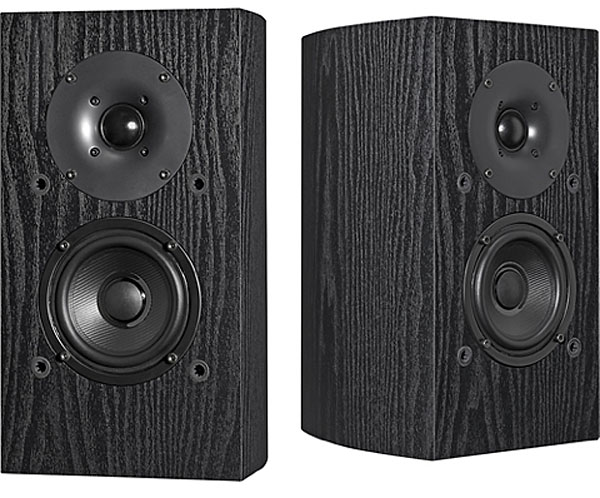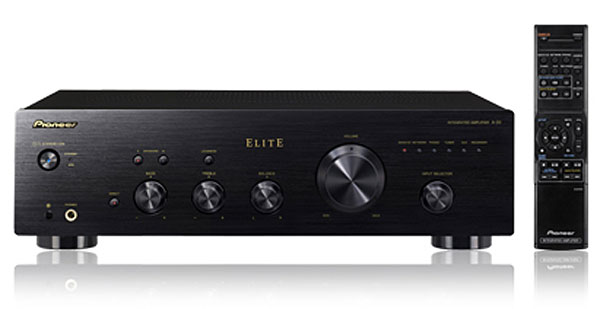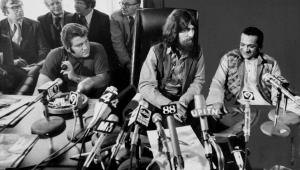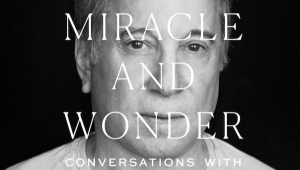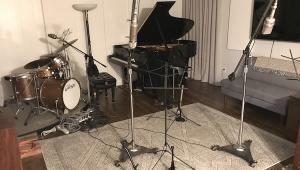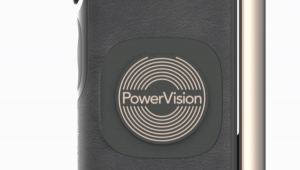Michael, I believe the SP-BS22-LR is sold as a pair. So they are half the price of the floor standers. They are currently $127.49 for the pair on Amazon. Add to your cart to see the price.
The SP F552-LR floor standers are sold as singles and are currently $124.99 each on Amazon. Add to your cart to see the price.
